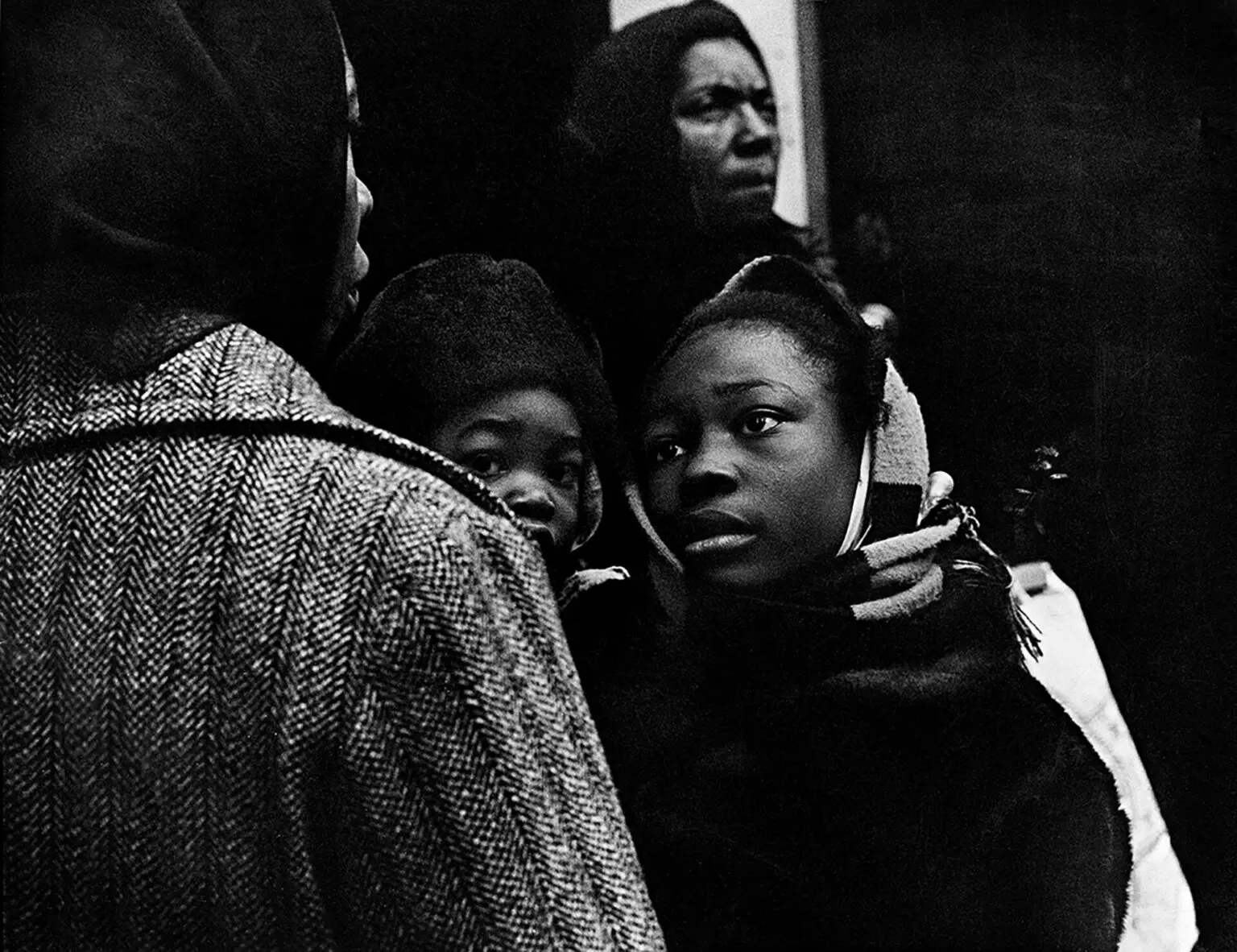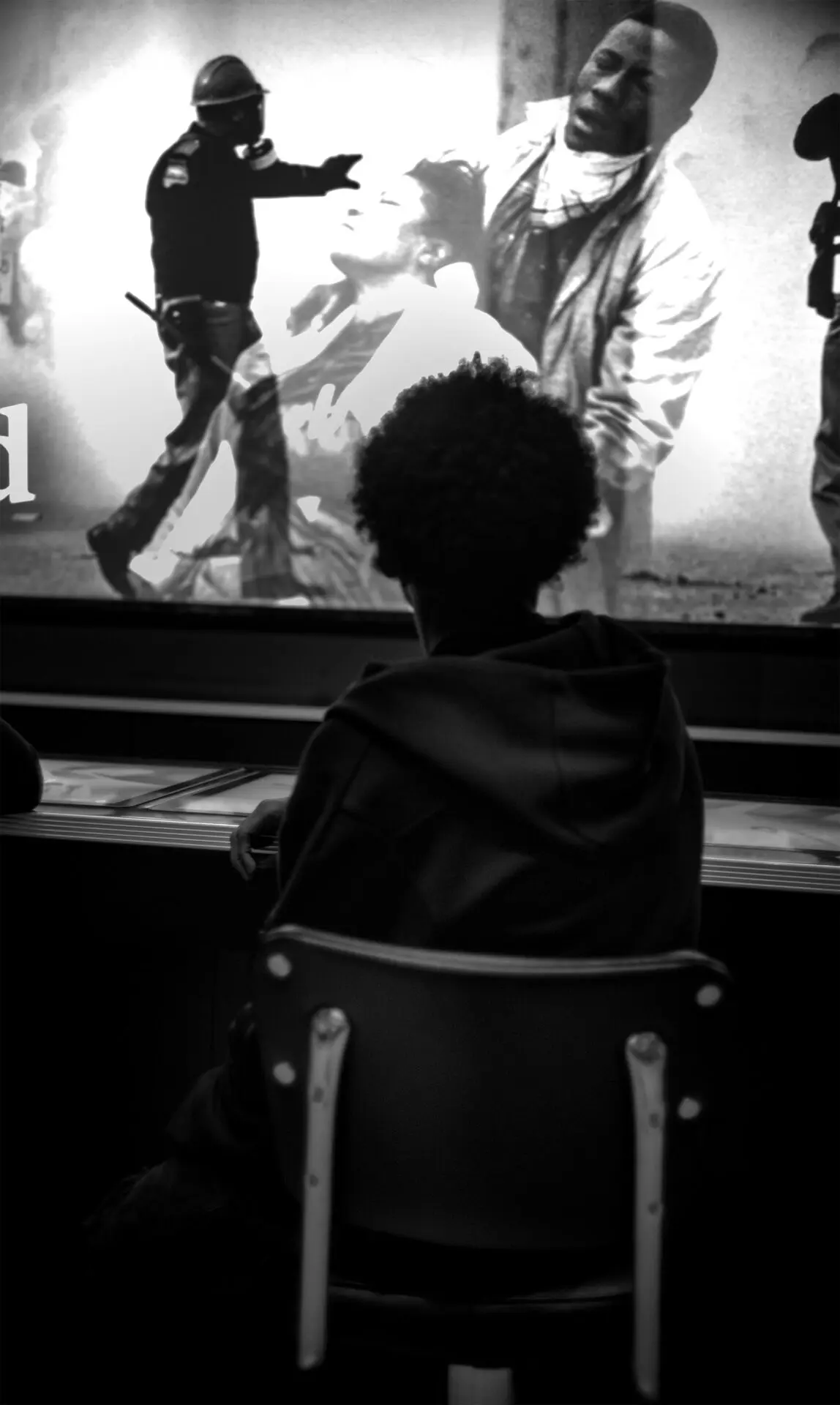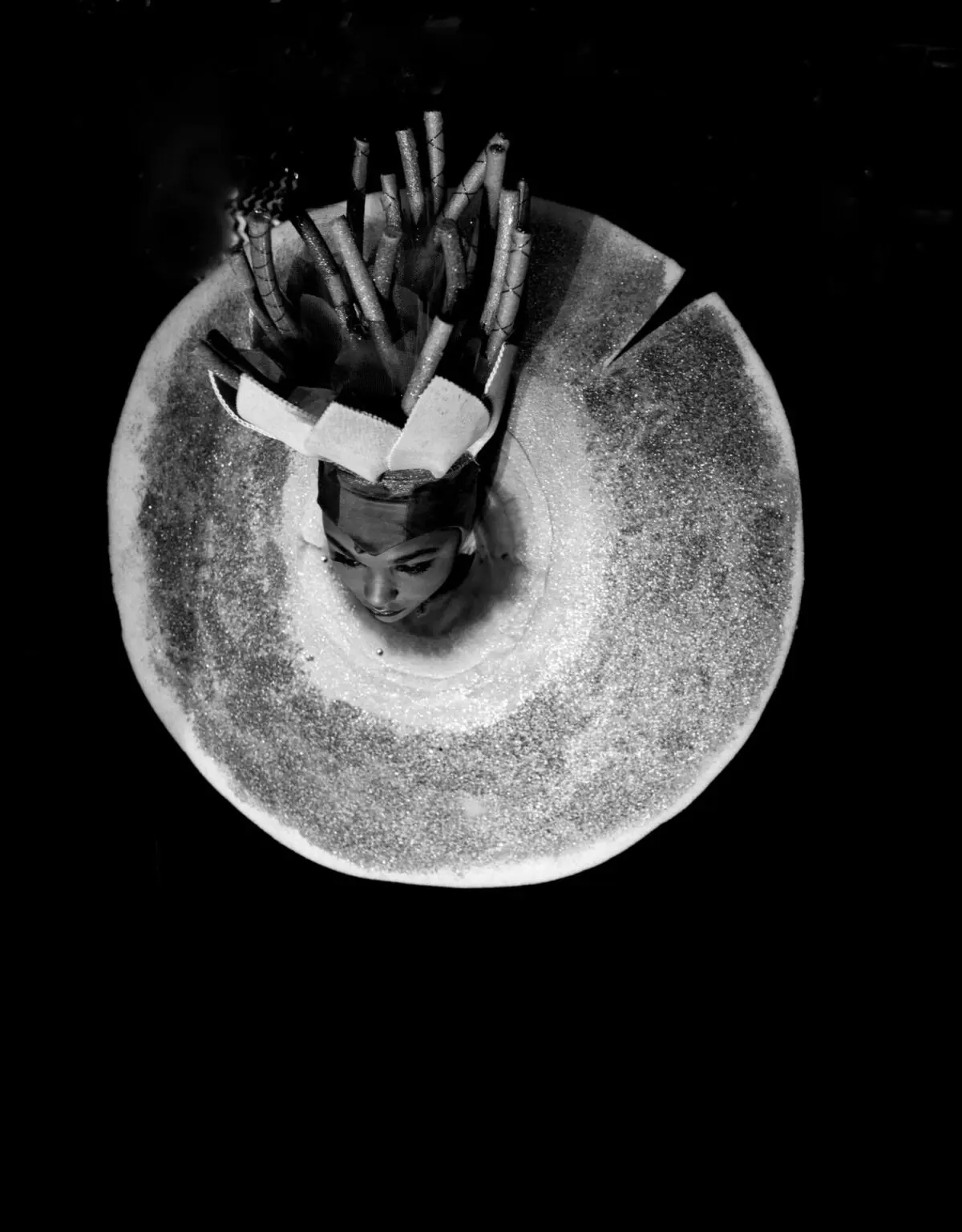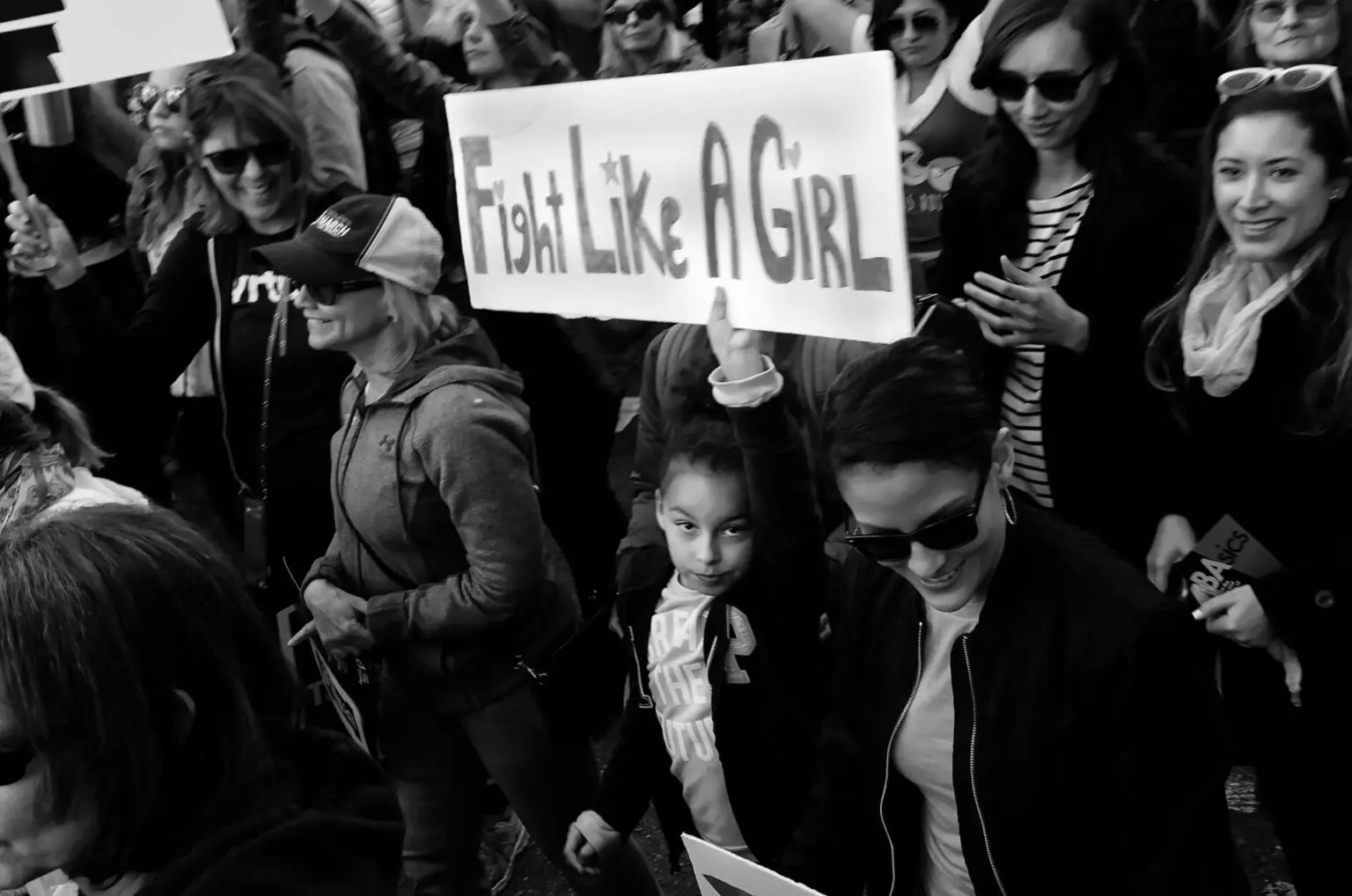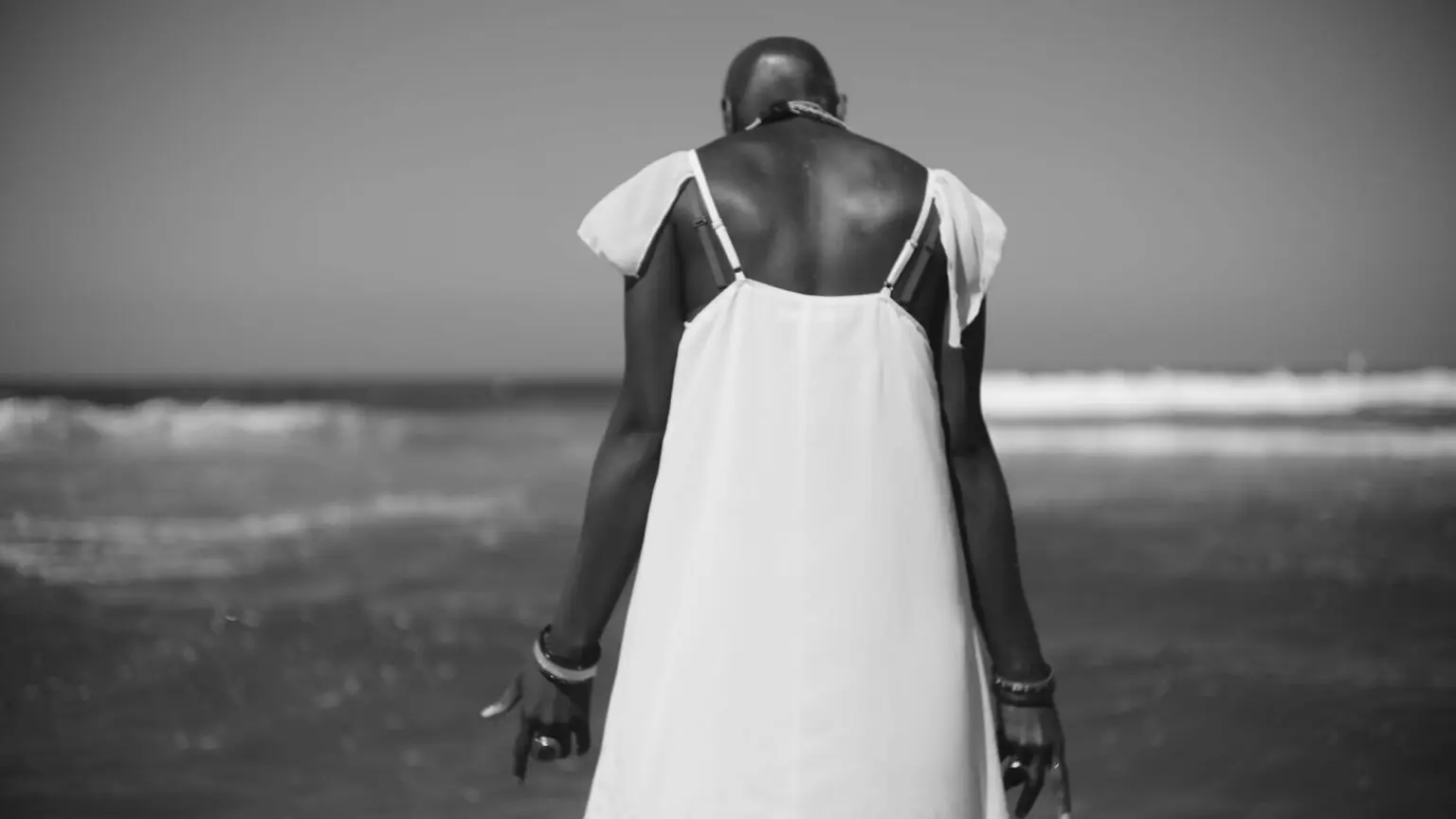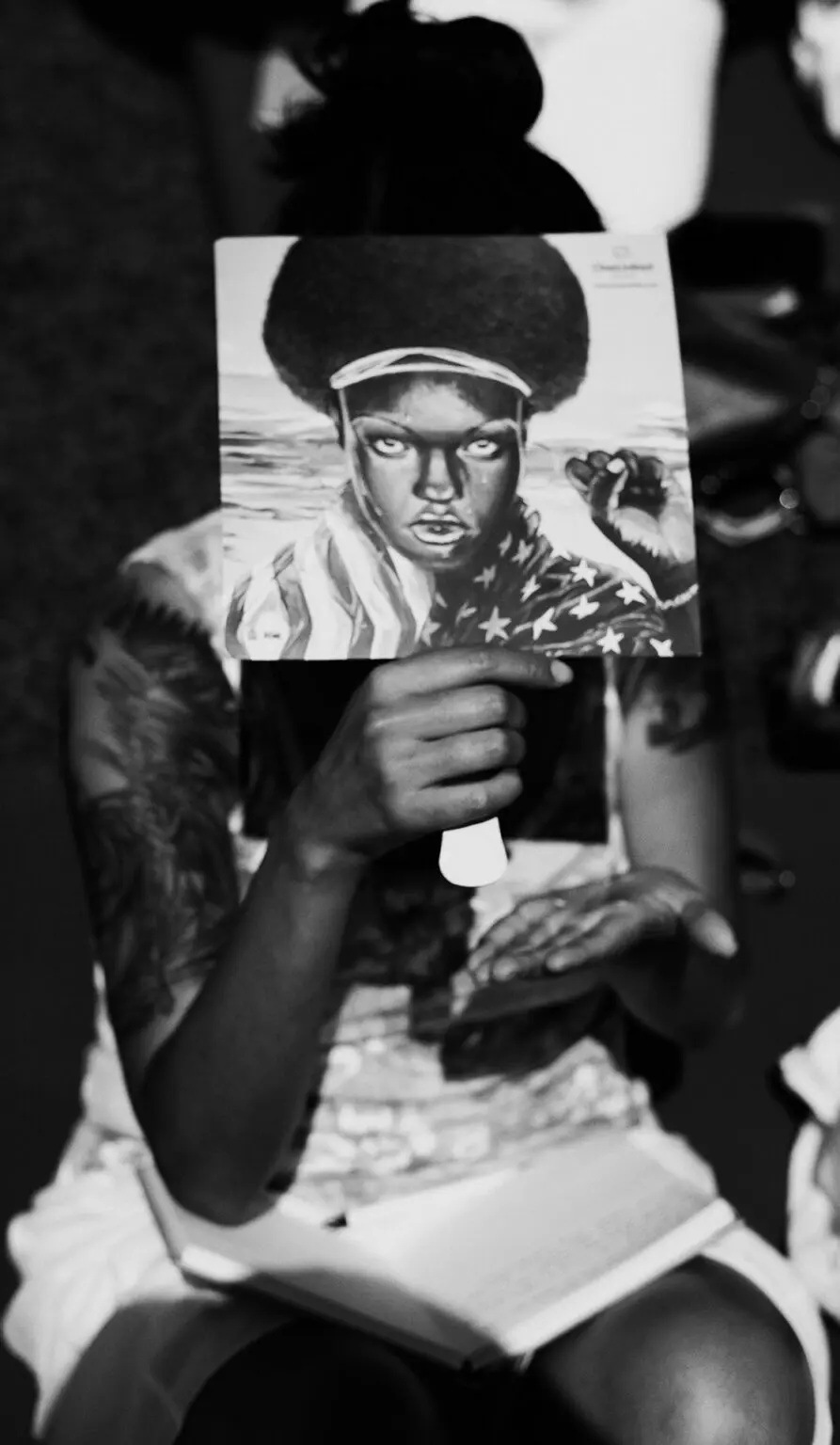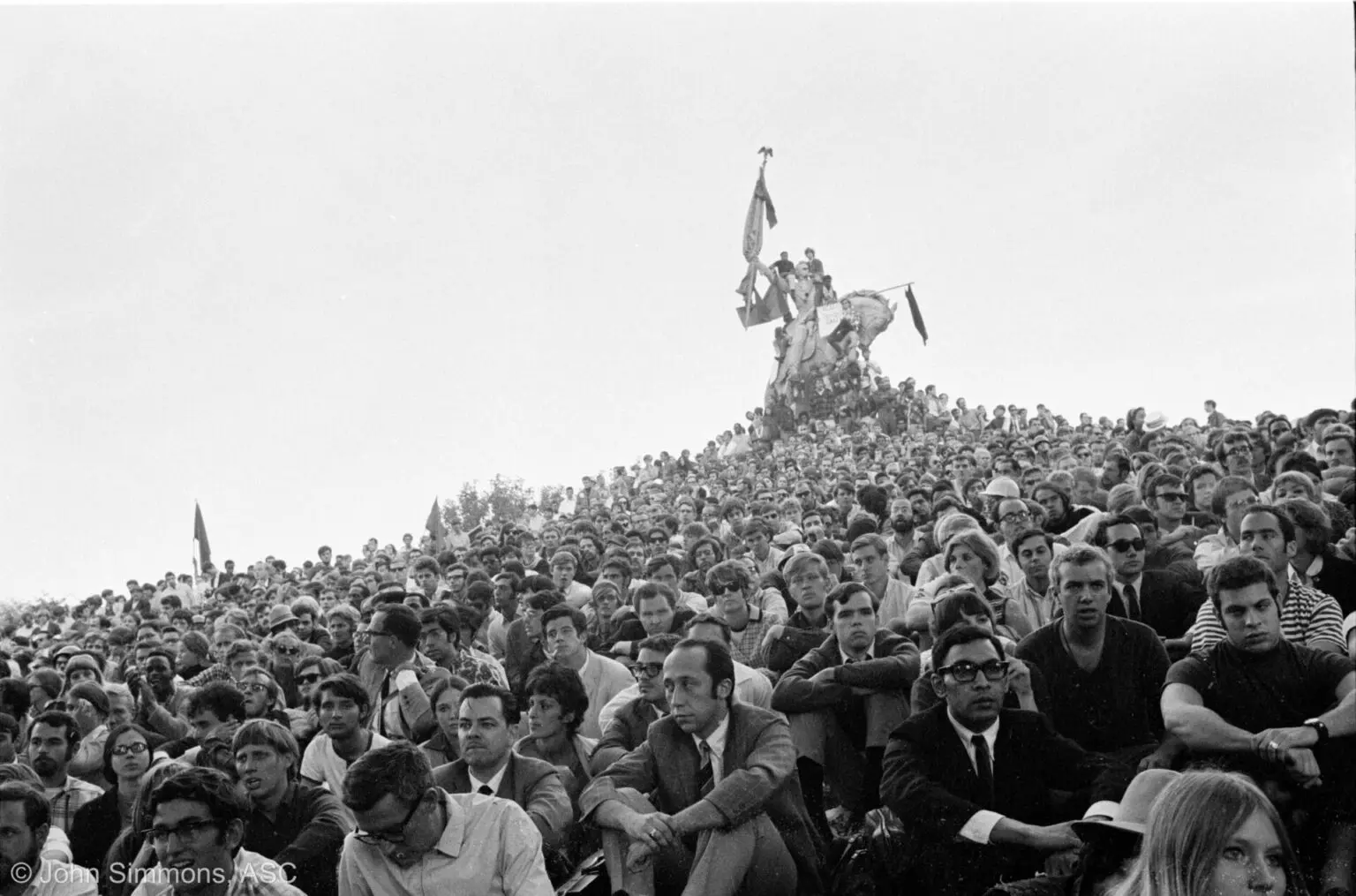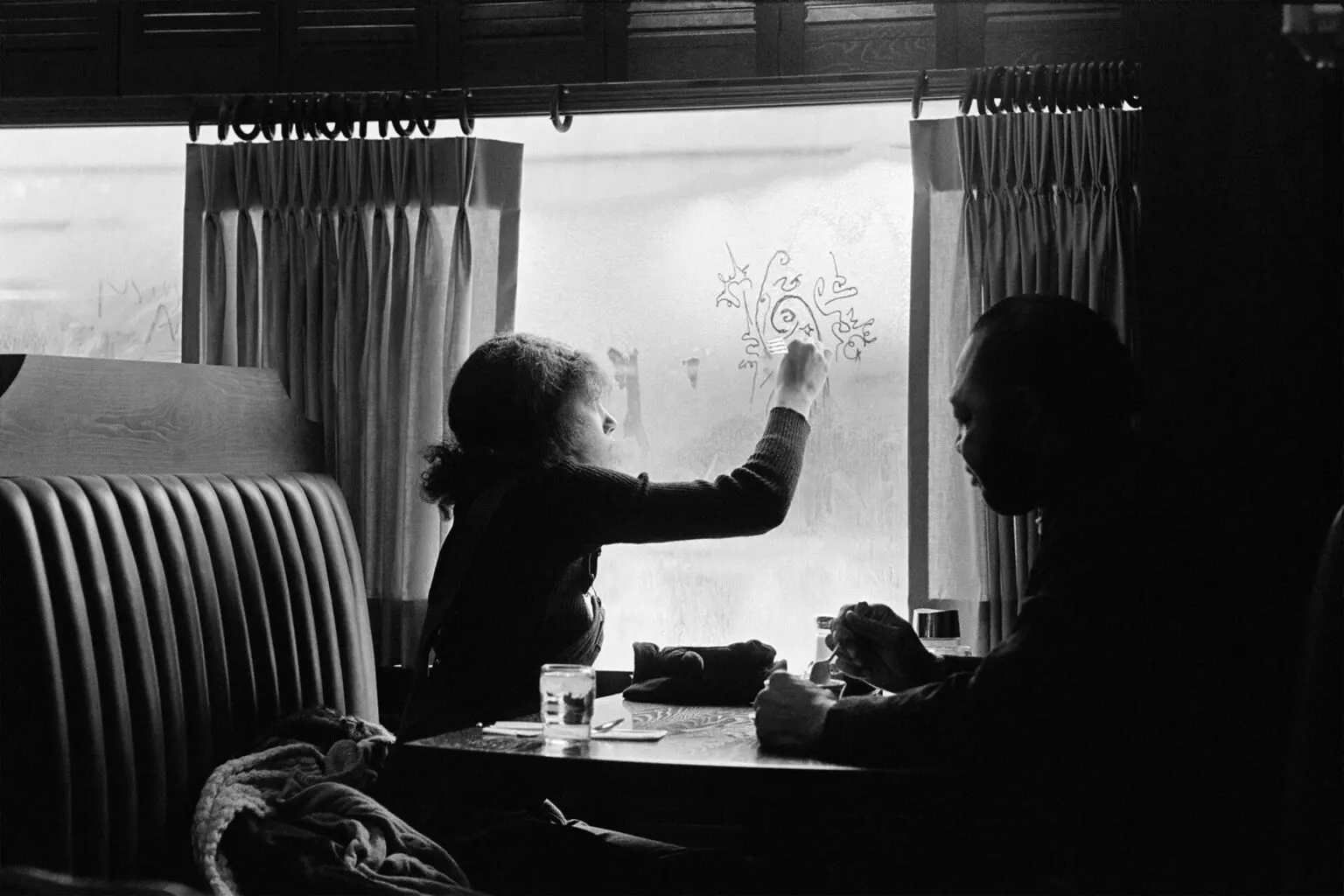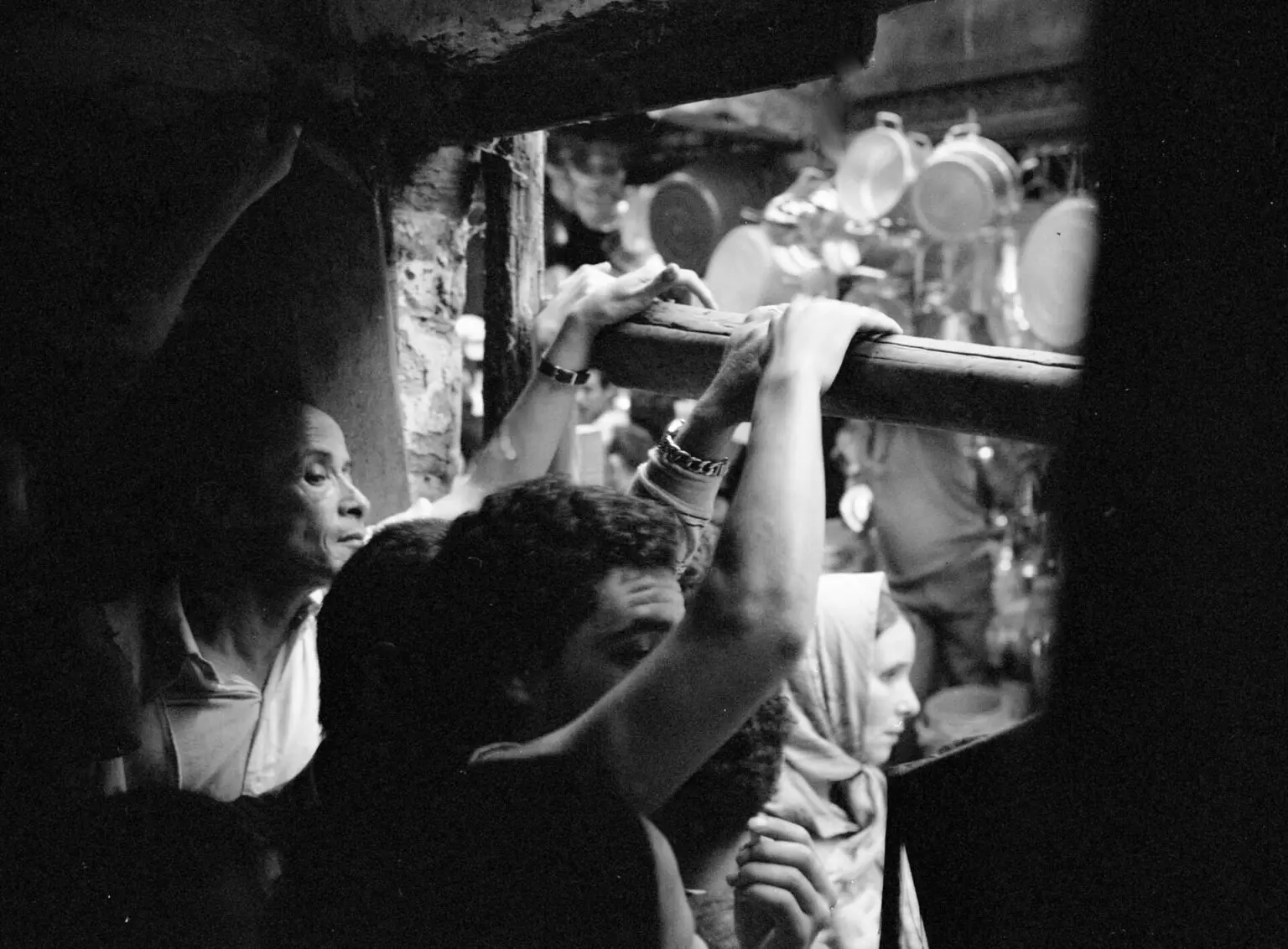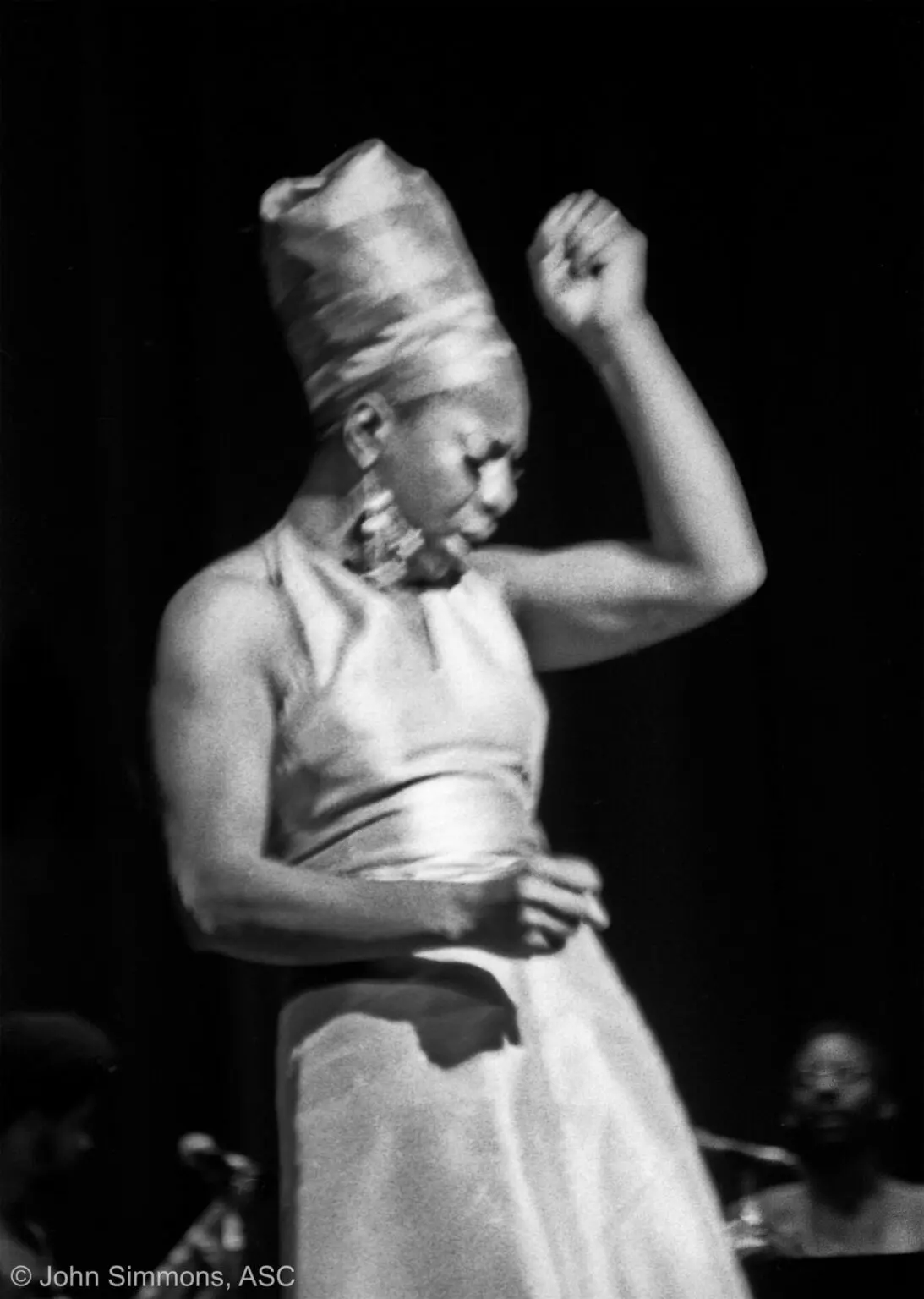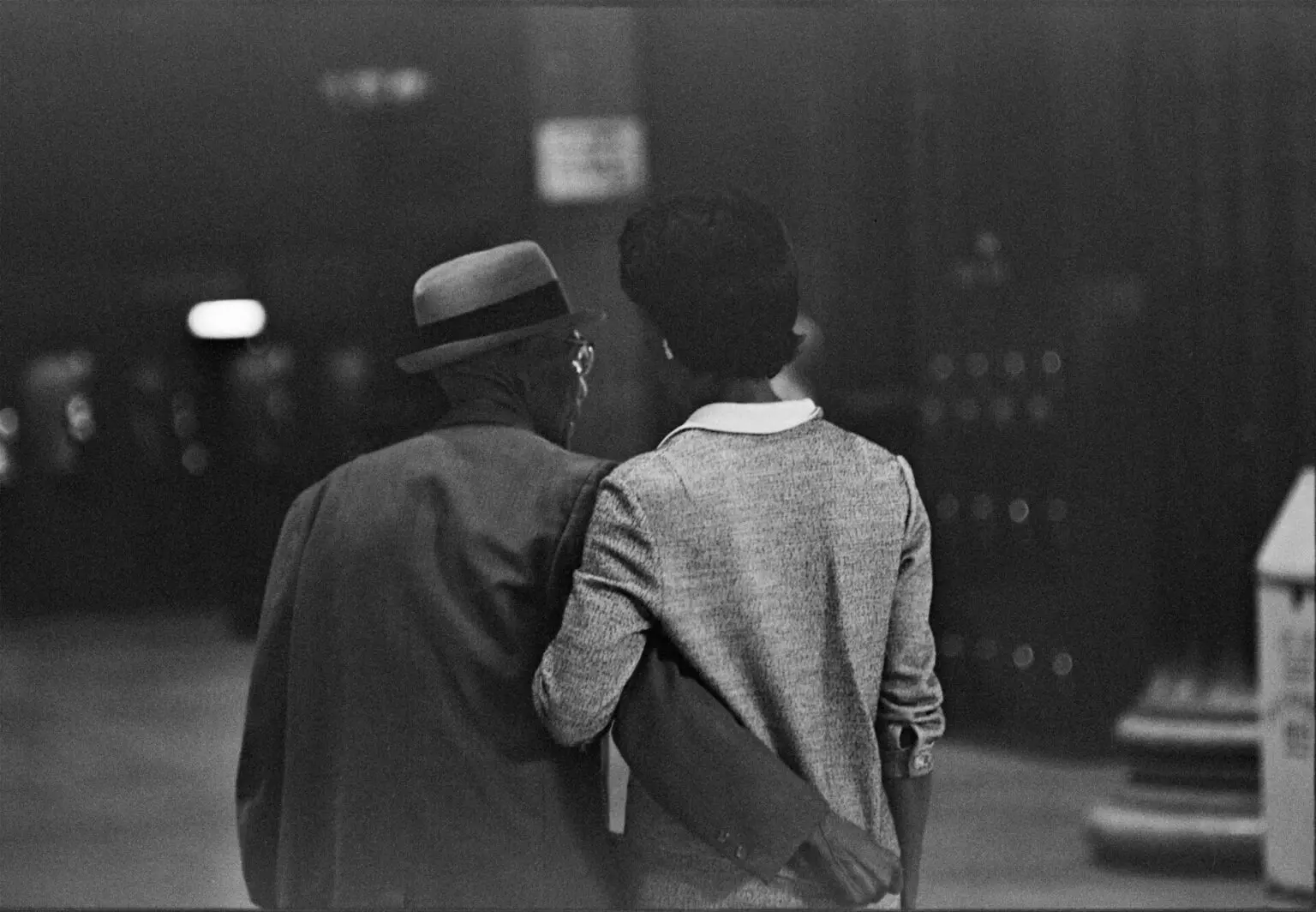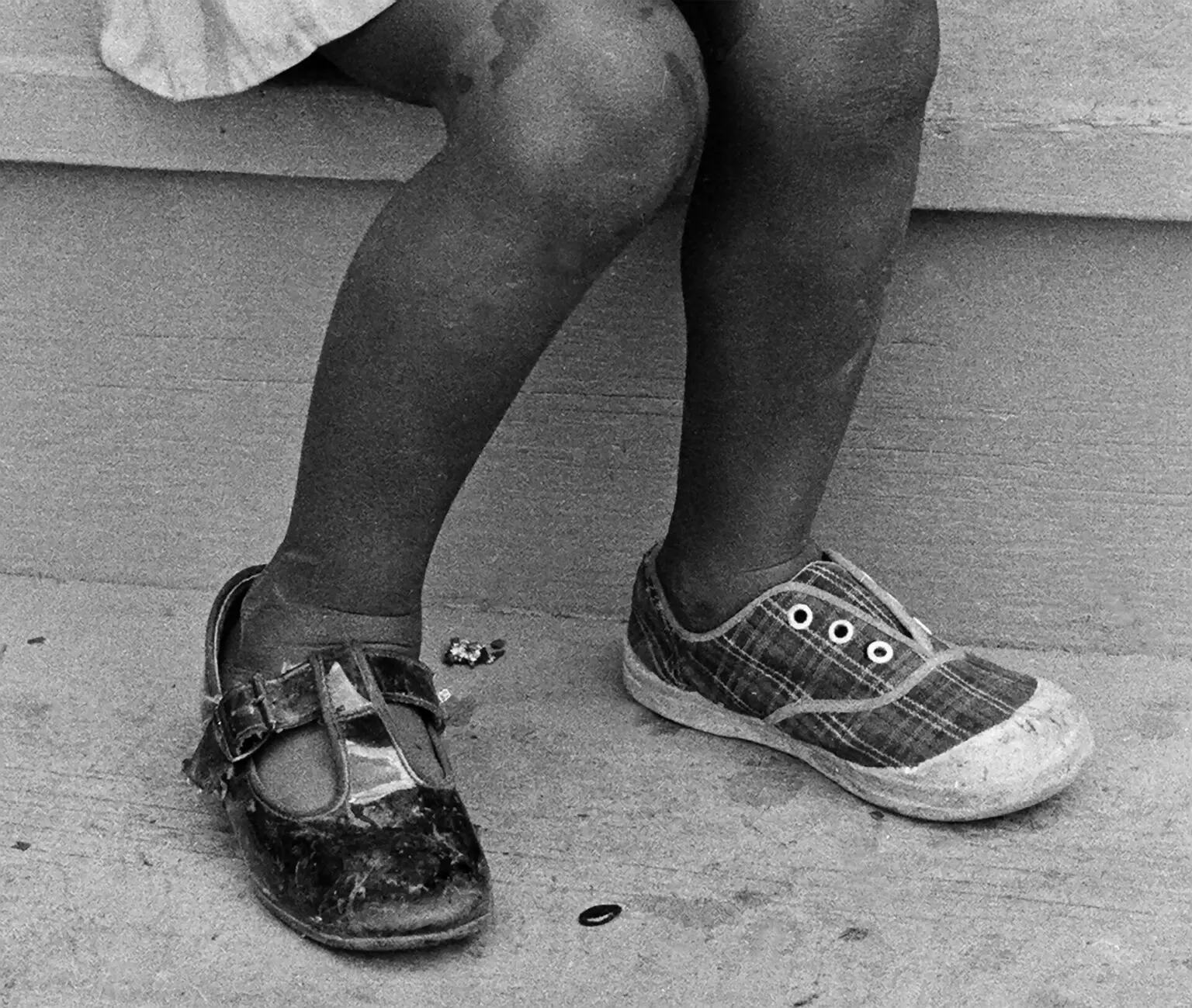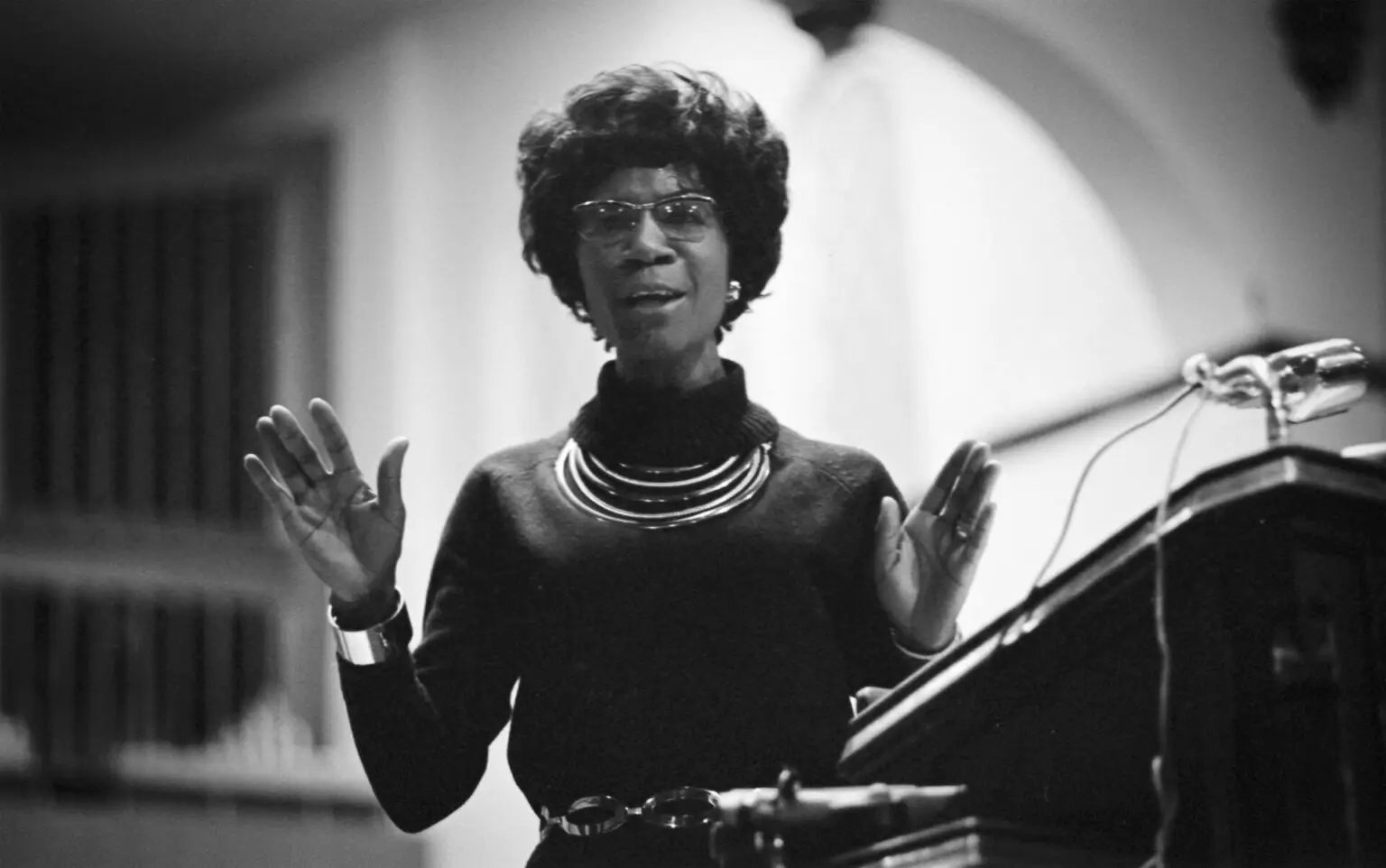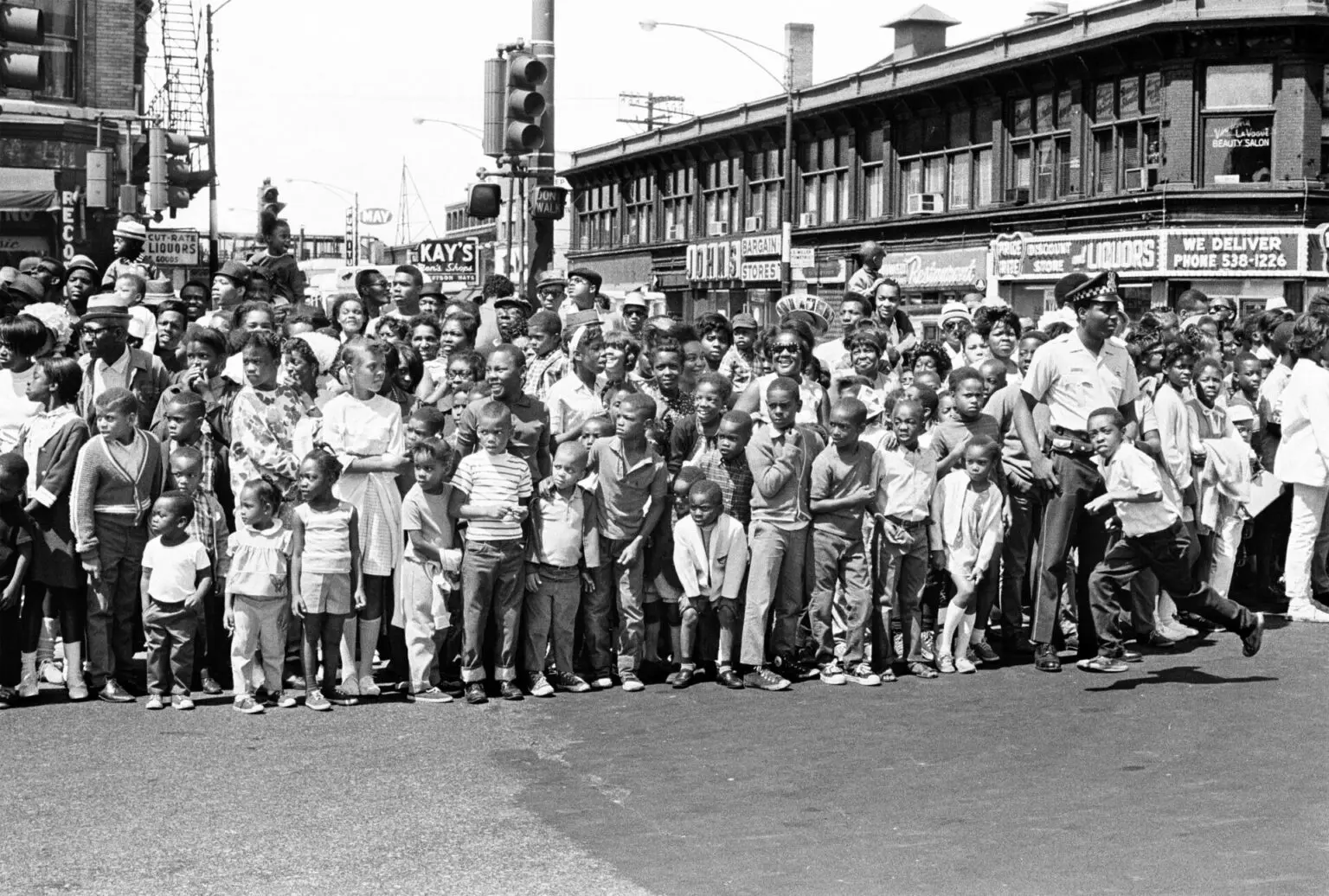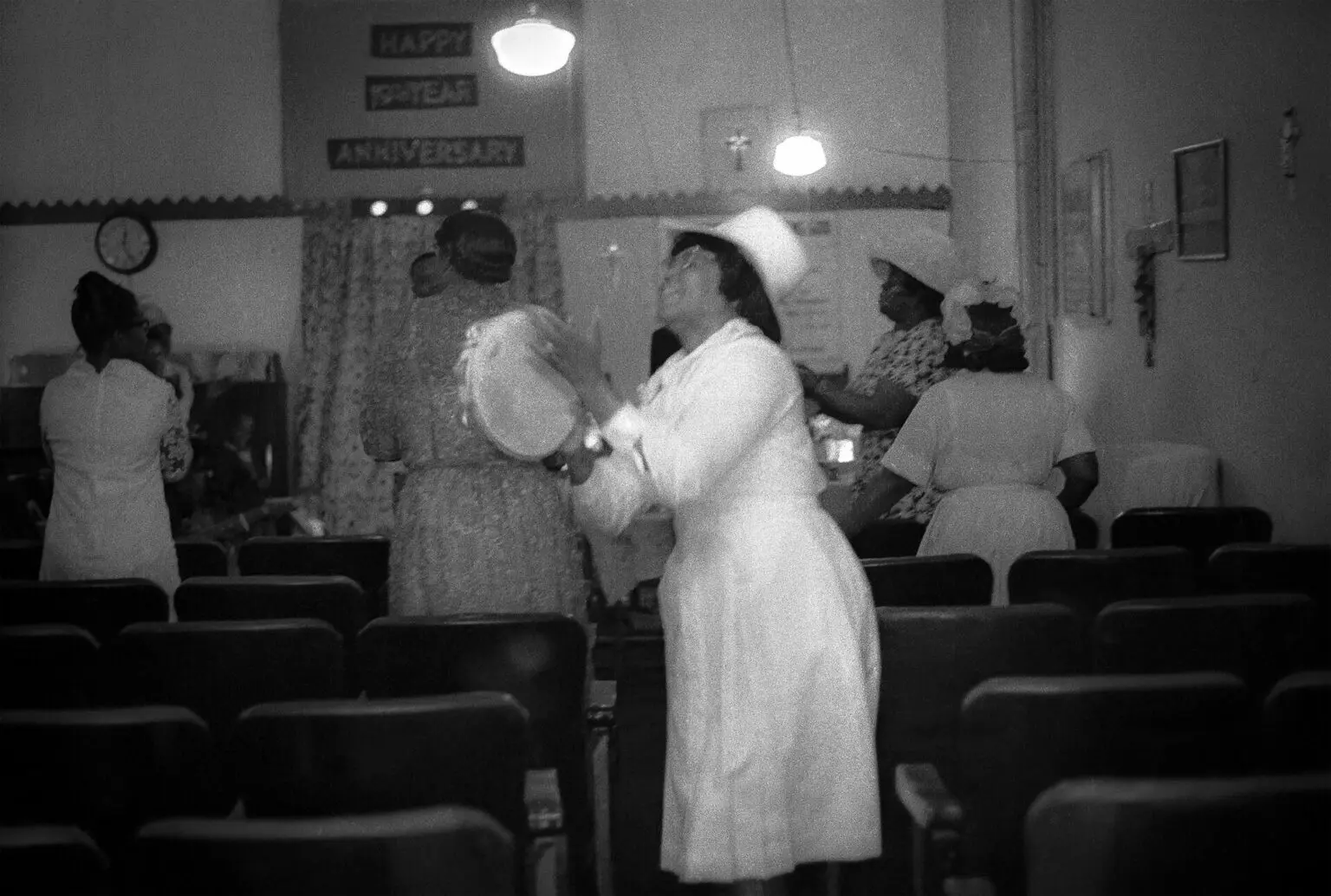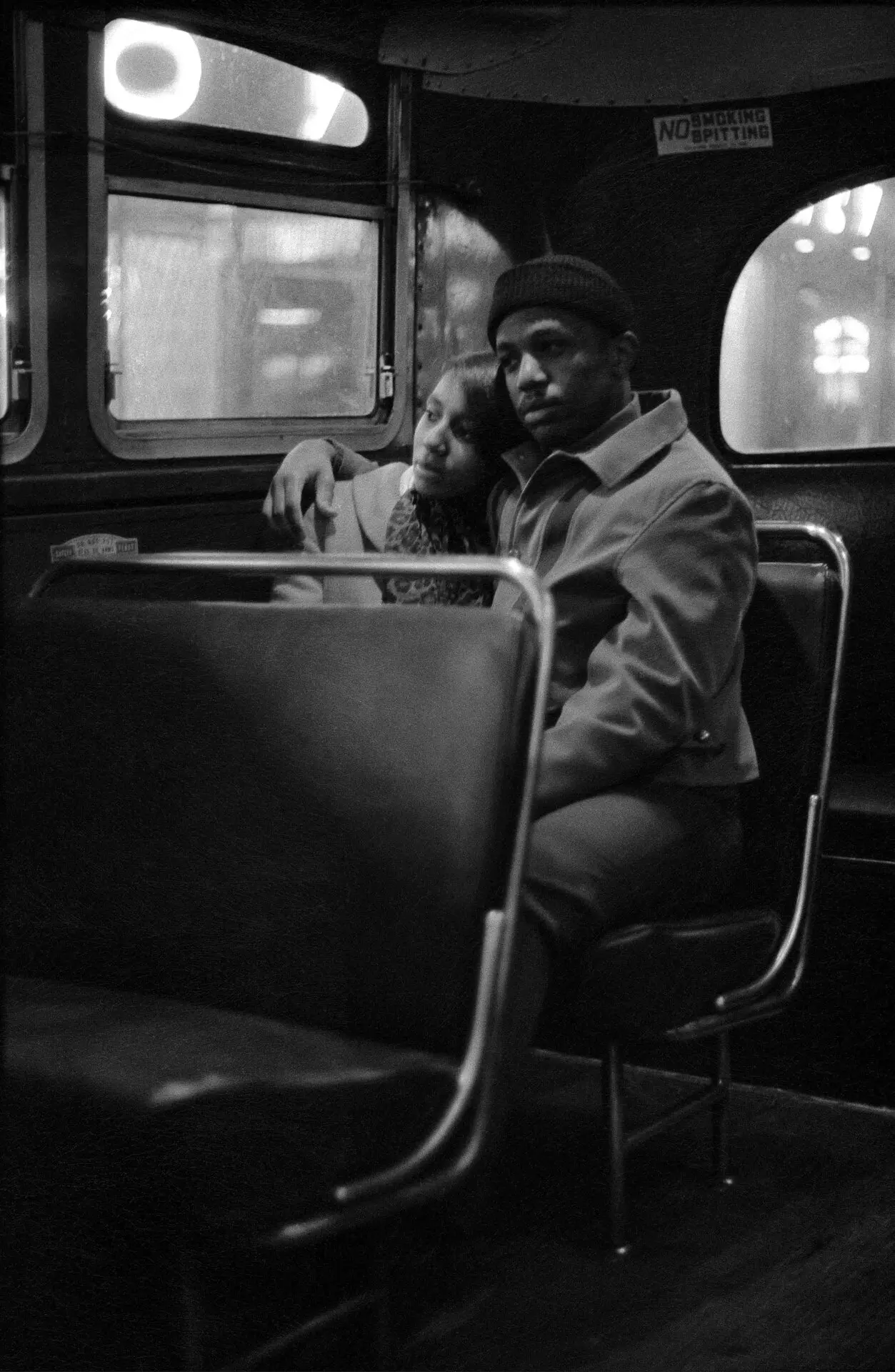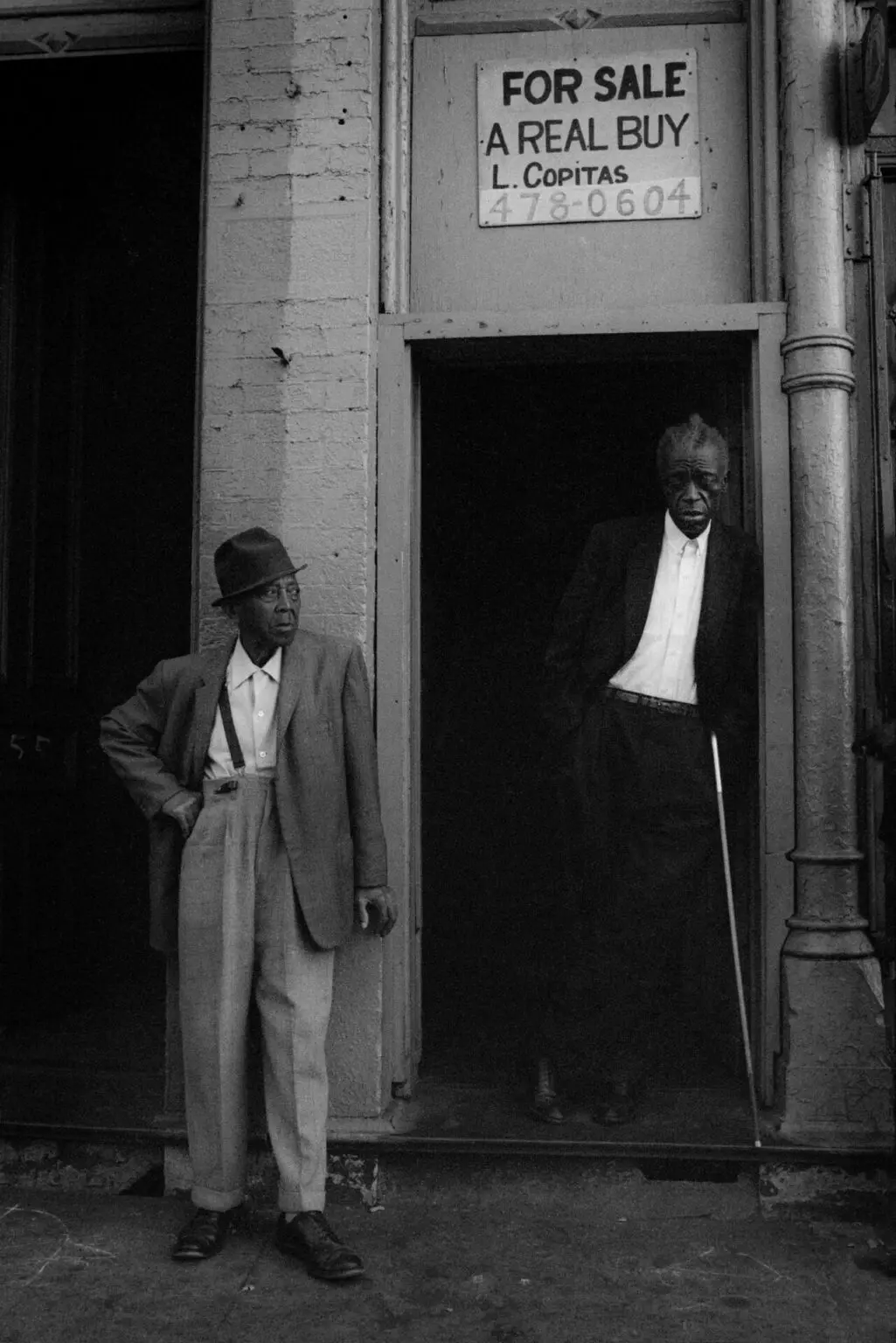Curator
John Simmons has been building an archive of Black American life since he was a teenager growing up in Chicago in the 1960s. His unique observational skills have captured poignant moments that otherwise would have passed unnoticed. The selection of photographs curated for this exhibition is a modest offering of the subtle and beautiful ways in which Simmons stops time and encourages viewers to linger. They provide a sample of a lifetime of documentary and creative work in still photographs that spans over fifty years.
Known primarily as a cinematographer, Simmons started his creative life with collage works on paper and photography. He was mentored by photojournalist Robert Sengstacke whose pictures in the Chicago Defender defined Black American culture in the 1960s and ‘70s. As a student at Fisk University, Simmons apprenticed for the great illustrator and muralist, Aaron Douglas, known as the father of the Harlem Renaissance. Simmons’ eye for composition and storytelling in a single image caught the attention of two monumental figures in Black film: Carlton Moss and Ousmane Semène who told him he was really a cinematographer. The potential to contribute to moving pictures is visible in Simmons’ early images such as Parade (1968) which looks like a movie still. Simmons’ camera performs as the protagonist surveying the multi-generational crowd of community members looking to their right from the edge of a Chicago street. A young man running into the shot propels himself in the air to follow Simmons as their eyes meet.
Moments in everyday life are a central focus of Simmons’ work. One of his most iconic photographs is Girl Eating Ice Cream (1967), taken when he was only seventeen years old. He was at an ice cream shop when he slipped between two folding chairs. Always camera ready, Simmons took the photograph of the curious young girl holding a balloon while she was enjoying her ice cream cone and the misfortune of his fall.
In Two Shoes (1967), Simmons focuses on a less fortunate little girl. Taken on a hot day in Nashville, Tennessee, the photograph of her legs and feet conveys her meager circumstances. She wears two different shoes, one dressy and one casual, both worn down from use.
Beginning in 1976 with the film “Two Centuries of Black American Art,” made for David C. Driskell’s groundbreaking exhibition of the same name at LACMA, Simmons’ Emmy award-winning cinematography has shaped the perceptions of generations of movie, television, and music video viewers. Yet it is photography that has remained a sacred form of expression for him. Based in Southern California, Simmons’ recent work documents his community through new classic photographs such at Fight Like a Girl, Los Angeles, CA (2019). Simmons spotted the young girl who looks back at him with confidence during a women’s march that flooded the downtown city streets. She holds a handwritten sign above her head that reads “Fight Like a Girl.” The dots of the “i’s” have been replaced with hearts and a star, expressing the girl’s youthful pride. Surrounded by smiling, powerful women, the girl represents the next generation of feminist activism.
Simmons’ travels as a cinematographer have taken him across the nation and around the world. He takes his camera with him wherever he goes, thus expanding the subject matter of his photography. When asked why he maintains his photographic practice after working for decades in television and film, Simmons responds, “Photography is my heart.” That passion for communicating with people through images makes his work timeless and powerful for new audiences.







